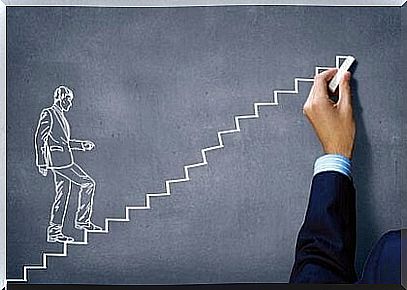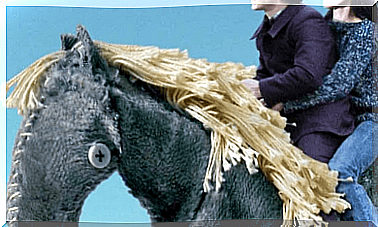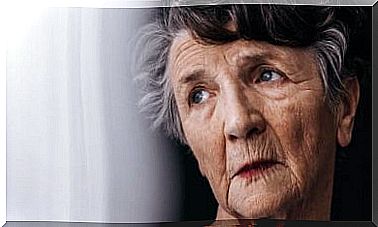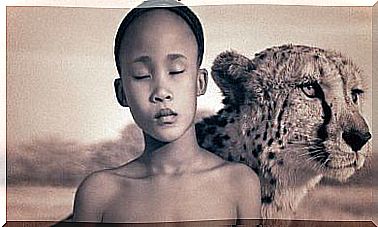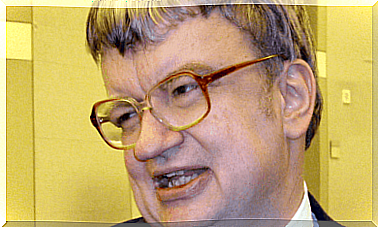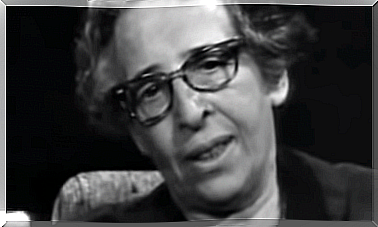Classical Theory Of Testing (TCT)

The classical test theory (TCT) appears for the first time in the 20th century from the work of Spearman. It can be seen, in a way, as the beginning of psychometry. The word “test” is a word borrowed from English. It designates examinations intended to assess knowledge, skills or functions.
In psychology, tests are examinations of a psychological or psychotechnical nature to study or assess a function. Thus, psychological tests are tools designed to assess or measure the psychological characteristics of a subject.
Why do you need test theories?
Tests are sophisticated measuring instruments which, in many cases, are of great help in a psychological assessment. For this to be the case, the test must meet psychometric minima. The specialist who passes it must know the administration protocol and follow it.
On the other hand, test theories tell us how to assess the quality of a test. And also, in many cases, these theories help us find out how we can purify the instrument to minimize errors. In this sense, perhaps the two most important concepts in classical testing theory are reliability and validity.
Reliability refers to the consistency or stability of measurements when the measurement process is repeated. It is essentially a utopia. Since in practice it is impossible to reproduce the same conditions in two different measurements. It will be relatively easy to act on external variables. Such as checking for the existence of a similar temperature or noise level; however, controlling the internal variables of the person performing the test will be more complex. Think of the ambiance, for example.
Validity refers to the extent to which empirical data and theory support the interpretation of test results. Alternatively, one could say that validity is the ability of a measuring instrument to meaningfully and adequately quantify the characteristic for which it was designed.
There are therefore two major theories when it comes to constructing and analyzing tests. The first, which is discussed in this article, is classical test theory (TCT). The second is item response theory (IRT). We present the key aspects of TCT below.
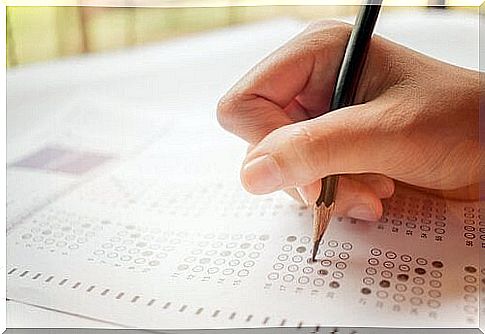
Classical theory of testing
This approach tends to be the most used in test analysis and construction. We compare the answers given by a person in a test, by statistical or qualitative methods with the answers of other people who have completed the same test. This allows a classification to be made.
However, this classification is not that simple. The psychologist, like any other professional, must ensure that the instrument he uses measures accurately, with few errors.
Thus, when a psychologist applies a test to one or more people, he collects the empirical results that this person (s) obtain on the test. However, this does not tell us how precise these scores are. We do not know whether or not these empirical scores agree with the scores that actually match that person on the test.
For example, there may be a drop in grades because the candidate was not feeling well that day. Or even because the physical conditions in which the test application was developed were not the best.
The classic linear model
It was at the beginning of the 20th century, as we have said, that Spearman proposed this classic theory of testing. The researcher proposes a very simple model for the scores of people on tests: The classic linear model.
This model consists of considering that the score that a person obtains on a test, which we call empirical score and which is usually denoted by the letter X, has two components. The first is the true score (V) and the second is the error (e). The latter can be due to many causes that we cannot control. This is why the TCT is responsible for precisely determining the measurement error.
This could be expressed as follows: X = V + e
Spearman then adds three hypotheses to this model.
The three assumptions of the classical model
- The true score (V) is the mathematical expectation of the empirical score. This score could be written as: V = E (X).
- Thus, a person’s actual score in a test is defined as the score that would be obtained on average if they were given the same test at infinite times.
- There is no relationship between the number of true scores and the importance of errors that affect those scores. Expression: r (v, e) = 0
- The value of the actual score is independent of the measurement error.
- Measurement errors in a particular test have little relation to measurement errors in another test. This is expressed: r (e.g., ek) = 0
- Mistakes made on one occasion would not be different from those made on another occasion.

Classical testing theory is simple; you don’t need advanced mathematical knowledge to put it into practice. It can be applied in any context. The problem is that the results it gives us will always be related to the population in which the test has been validated. In addition, in many cases the minimums required by the test to be considered acceptable are not really sufficient.
